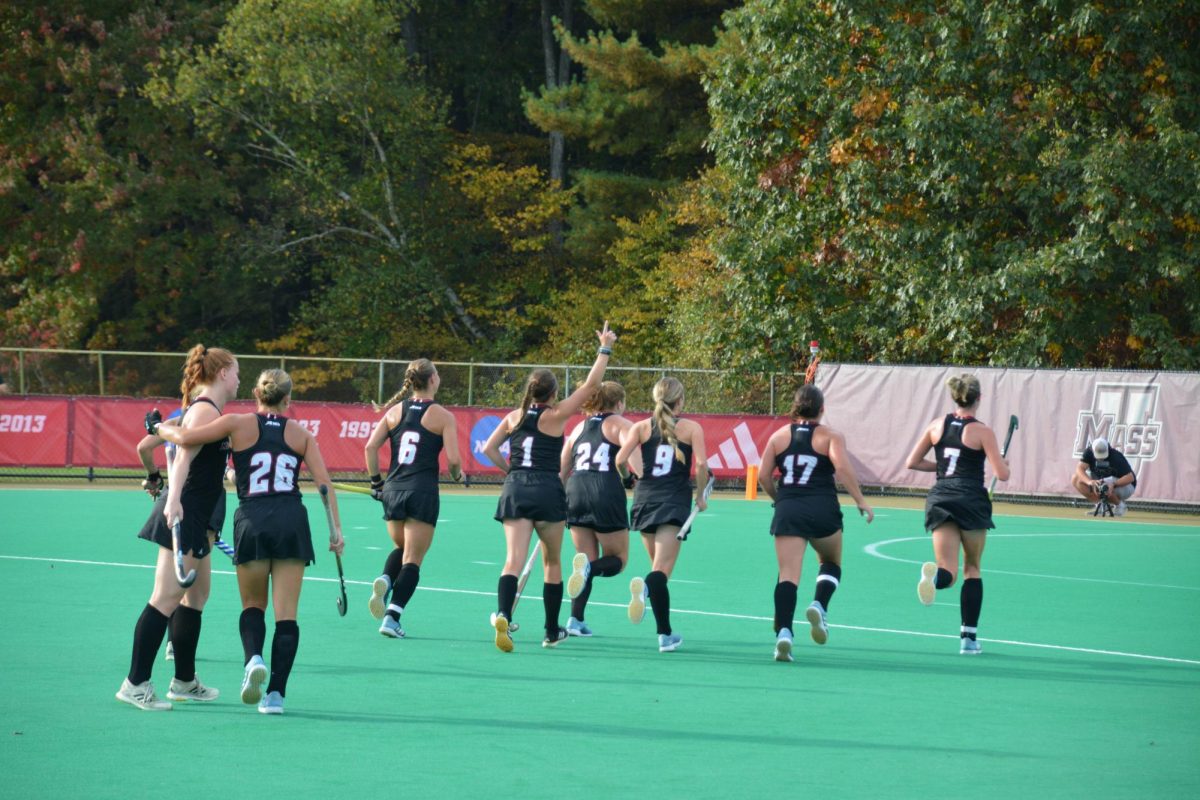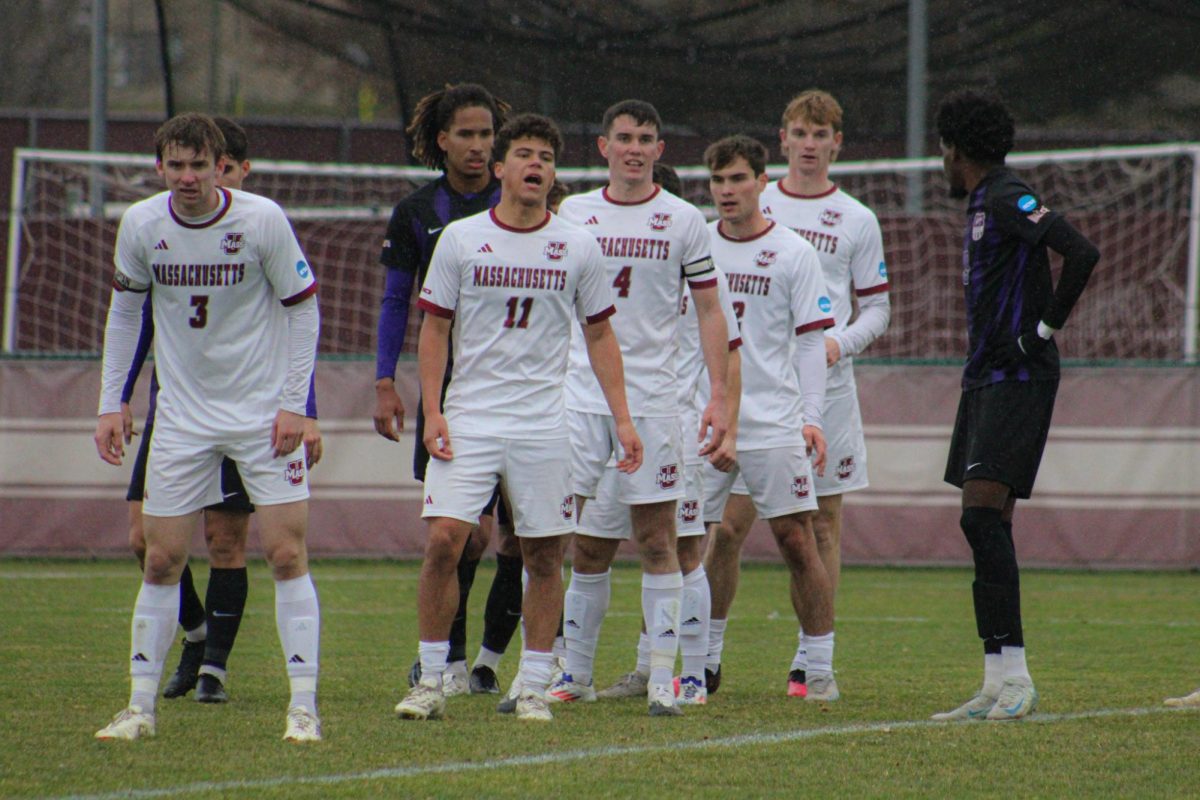
A panel of historians responded to questions about the place of offensive monuments and the resurgence of white supremacy in the United States.
At 6 p.m. on Monday at the Old Chapel, a panel of University of Massachusetts history professors led a discussion on what monuments actually represent and how we as a society remember our collective history.
While the conversation ranged from offensive mascots in the sports world, to how the Germans dealt with offensive symbols and statues after World War ll, the main topic of discussion was about Confederate monuments and symbols in the United States and the mobilization of white supremacist groups.
One major theme the panel discussed was foundational history—the historic events and periods that make up our collective identity.
“The past tells you something about yourself, collectively and individually,” said Alon Confino, a professor of history and Jewish studies at UMass and one of the panelists.
Confino went on to talk about how the German government made a very bold effort to eradicate memorials and monuments dedicated to the Nazi regime after World War II, and how American leadership has made little effort to do the same.
“The way political leadership frames the debate is important in how we have the debate,” Confino said.
History Professor John Olsen also addressed the point of political leadership framing the debate, using Nazi Germany as an example. Olsen described how, following the fall of the Nazi regime, a commission was set up to decide whether or not a statue represented a harmful ideology. If it was deemed harmful, the statues were removed; if not, the statues remained.
Olsen also discussed the way Germany contextualized the monuments that they did take down. A counterargument was brought up: The destruction of a statue is the destruction of history. However, Olsen stated that monuments and statues are rarely used to inform people of history.
“How many people read the plaque on a monument?” Olsen asked, going on to explain how many of the Nazi statues were placed into museums as a way to remember history without glorifying horrific events and people.
The idea of Confederate monuments glorifying white supremacy was also discussed by the panel. UMass History Professor John Higginson saw a direct link between Confederate monuments and white supremacist policy and institution.
“Monuments were raised and paid for by people in power,” Higginson said.
Higginson stated that because the majority of Confederate monuments and statues were erected during Reconstruction and the Civil Rights Era, they represent the institutional racism of the United States.
The panel was attended by a number of students and residents from the area.
Natalie King, a Northampton resident, said she came to the panel because she was interested in the topic, which she described as “complicated.”
“It’s a really relevant topic because of everything that is happening in the country right now,” King said, referring to the growing number of Confederate monuments being taken down and the resistance to statue removal.
Amelia Zurcher, a first-year history graduate student at UMass, said she was drawn to the event because of the diverse panel. She also said that she appreciated the international context the panelists discussed.
“I liked the international perspective. They talked about how solutions do exist in Germany,” Zurcher said.
Mack Cooper can be reached at [email protected].



















Rena Maltsher • Nov 6, 2017 at 5:59 pm
Thank you for keeping this story in news.